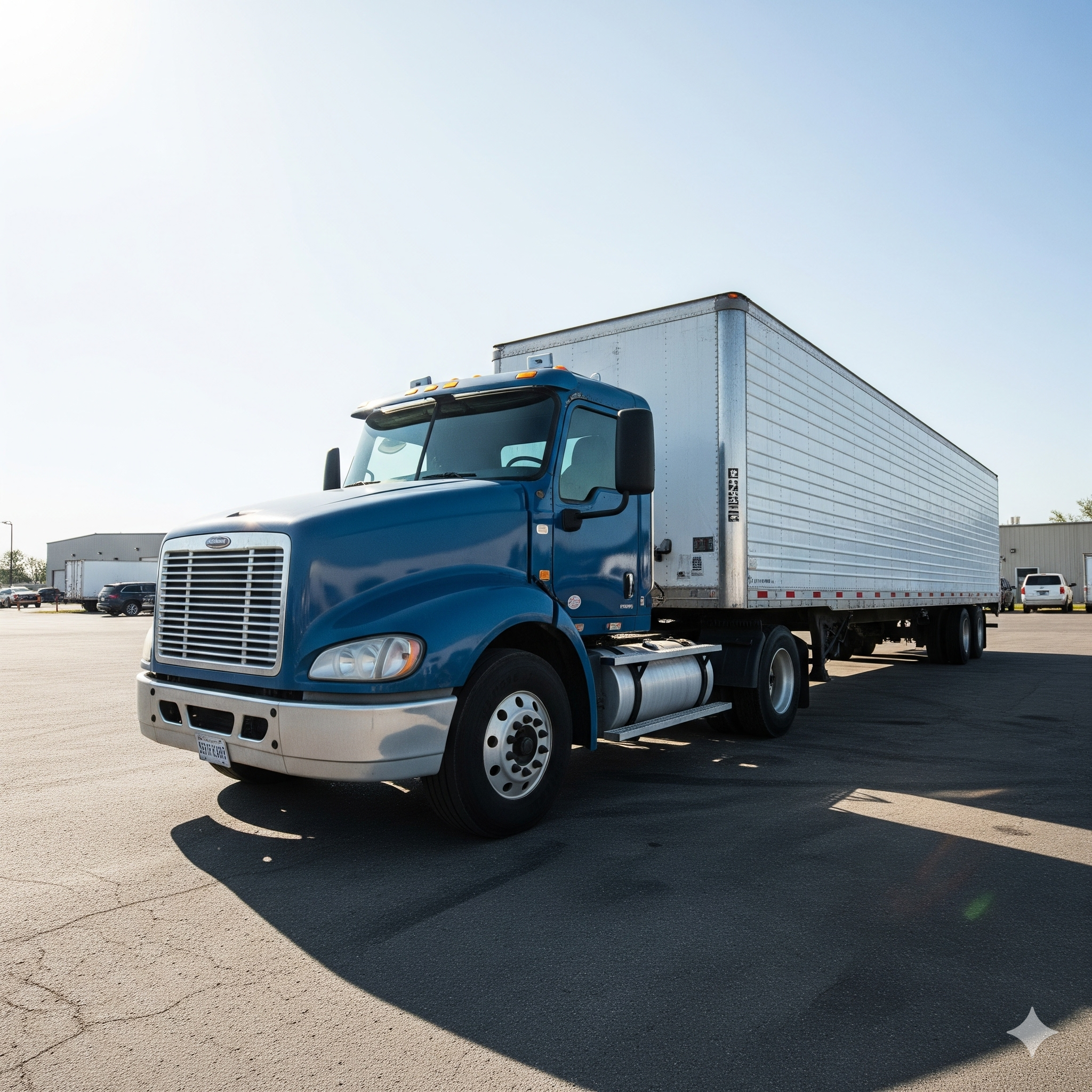As the world becomes more environmentally conscious, many homeowners are looking for sustainable alternatives to power their homes. One of the most popular and efficient solutions is solar energy. Solar panels allow homeowners to reduce their carbon footprint, lower energy bills, and even become energy-independent. However, when considering installing solar panels, one common question arises: How many solar panels are needed to run a home?
In this article, we will explore the factors that influence how many solar panels are necessary to power a household, how to estimate the number of panels required, and other important considerations related to solar panel installation.
Understanding Solar Panels and How They Work
Before diving into how many solar panels are needed, it’s essential to understand the basics of how solar panels work. Solar panels convert sunlight into electricity through a process known as the photovoltaic effect. The panels contain solar cells, typically made from silicon, which absorb sunlight and generate direct current (DC) electricity. This DC electricity is then converted into alternating current (AC) electricity, which is the type of power used in homes, by an inverter.
The amount of electricity a solar panel produces depends on several factors, including its size, efficiency, and the amount of sunlight it receives. The most common type of residential solar panels generates about 250 to 400 watts per panel per day, depending on its specifications and the location of the installation.
Factors Influencing the Number of Solar Panels Needed
There isn’t a one-size-fits-all answer to how many solar panels are required to power a home. Several factors affect the overall energy demand and how many panels are necessary to meet that demand. These factors include:
1. Energy Consumption of the Home
The most significant factor in determining how many solar panels are needed is the energy consumption of the home. Every home uses a certain amount of energy, which is usually measured in kilowatt-hours (kWh). To calculate your home’s energy consumption, you need to look at your electricity bill to see how many kWh you typically use per month or year.
On average, a U.S. household uses about 877 kWh per month. This varies depending on the size of the home, the number of people living there, and how much energy-efficient appliances are used.
2. Location and Sunlight Availability
The amount of sunlight your home receives is another crucial factor in determining the number of solar panels required. Solar energy production is heavily influenced by the geographical location of your home, the time of year, and local weather patterns. For instance, a home in sunny California will generate much more solar energy than one located in a cloudy, rainy area like the Pacific Northwest.
Typically, regions that receive more sunlight will need fewer panels to generate the same amount of energy compared to areas with less sunlight. On average, a solar panel produces about 1.2 kWh of electricity per day for every 100 watts of capacity in areas with good sunlight.
3. Roof Space and Orientation
Roof space is also a key factor when determining how many solar panels can be installed. Solar panels need to be placed on a roof with enough space to accommodate them. Roof orientation also plays a significant role in energy generation; south-facing roofs are generally the best for solar panel installation in the northern hemisphere, as they receive the most direct sunlight throughout the day.
If your roof space is limited, or if your roof is shaded for significant parts of the day, you may need to install more panels or consider alternative solutions, such as a ground-mounted solar array.
4. Panel Efficiency
Not all solar panels are created equal. They vary in terms of efficiency, which is the ability of a panel to convert sunlight into usable electricity. More efficient solar panels require less space to generate the same amount of energy. Premium panels, such as those from brands like SunPower or LG, can have efficiencies of 20% or more, while more budget-friendly options may have efficiencies of around 15%.
If you’re limited on roof space or want to maximize energy production without taking up too much room, high-efficiency panels may be a good choice. However, these panels tend to come at a higher cost.
5. Energy Storage Solutions
Some homeowners choose to pair their solar panels with energy storage systems like home batteries. These systems store excess energy generated during the day for use during nighttime or cloudy periods. Installing a battery will allow you to maximize your solar power usage but can also impact the number of panels you need, as you may not need to generate as much energy if you store and use the excess power.
6. Seasonal Variations
Solar energy production can fluctuate throughout the year, with the highest energy output occurring in the summer months due to longer days and more sunlight. During the winter, solar panels may generate less power due to shorter days and more overcast conditions. Therefore, it’s important to factor in seasonal variations when determining how many panels are needed to meet your year-round energy demands.
Estimating the Number of Solar Panels Required
To estimate how many solar panels you need, you’ll need to follow a few steps. Here’s a simple method to help you determine the right number of panels for your home.
Step 1: Determine Your Monthly Energy Usage
Start by reviewing your energy bills to figure out how many kilowatt-hours (kWh) you use per month. As mentioned earlier, the average U.S. home uses around 877 kWh per month. However, your usage may be higher or lower depending on factors such as the size of your home, the number of people living there, and the type of appliances you use.
Step 2: Calculate Daily Energy Consumption
Next, divide your monthly energy usage by 30 to determine your daily energy consumption. For example, if you use 877 kWh per month, your daily consumption would be approximately 29.2 kWh (877 ÷ 30 = 29.2).
Step 3: Consider Solar Panel Output
Once you know your daily energy usage, it’s time to consider the output of a solar panel. On average, a 300-watt solar panel produces about 1.2 kWh per day in good sunlight conditions. This can vary depending on your location, but for this calculation, let’s use 1.2 kWh per day as a rough estimate.
Step 4: Calculate the Number of Panels Needed
Now, divide your daily energy consumption by the daily output of a single solar panel. For instance, if your home uses 29.2 kWh per day and each panel produces 1.2 kWh per day, you would need approximately 24 solar panels to meet your energy needs (29.2 ÷ 1.2 = 24.3).
Step 5: Factor in Other Considerations
Once you have a rough estimate, consider other factors such as roof space, seasonal variations, and the potential need for energy storage solutions. If you want to account for cloudy days or future increases in energy use, you may need to add additional panels to your system.
How to Maximize Solar Panel Efficiency
There are several ways to ensure your solar panels are as efficient as possible. Here are a few tips:
1. Proper Panel Placement
Ensure your panels are placed on a roof with optimal exposure to sunlight. If your roof is shaded for most of the day, consider trimming trees or installing a ground-mounted system.
2. Regular Maintenance
Keep your solar panels clean and free from debris to maximize their efficiency. Dirt, leaves, and snow can reduce the amount of sunlight hitting the panels, which can decrease energy production.
3. Energy-Efficient Appliances
Consider upgrading to energy-efficient appliances and lighting. The less energy you use, the fewer solar panels you’ll need.
Conclusion
The number of solar panels needed to power a home depends on a variety of factors, including energy consumption, location, roof space, and panel efficiency. While it’s impossible to provide a one-size-fits-all answer, understanding these factors and following the steps outlined in this article can help you estimate the number of panels you’ll need. By carefully considering your energy needs and taking steps to optimize your solar system, you can harness the power of the sun to reduce your carbon footprint and enjoy significant savings on your energy bills.







Leave a Reply